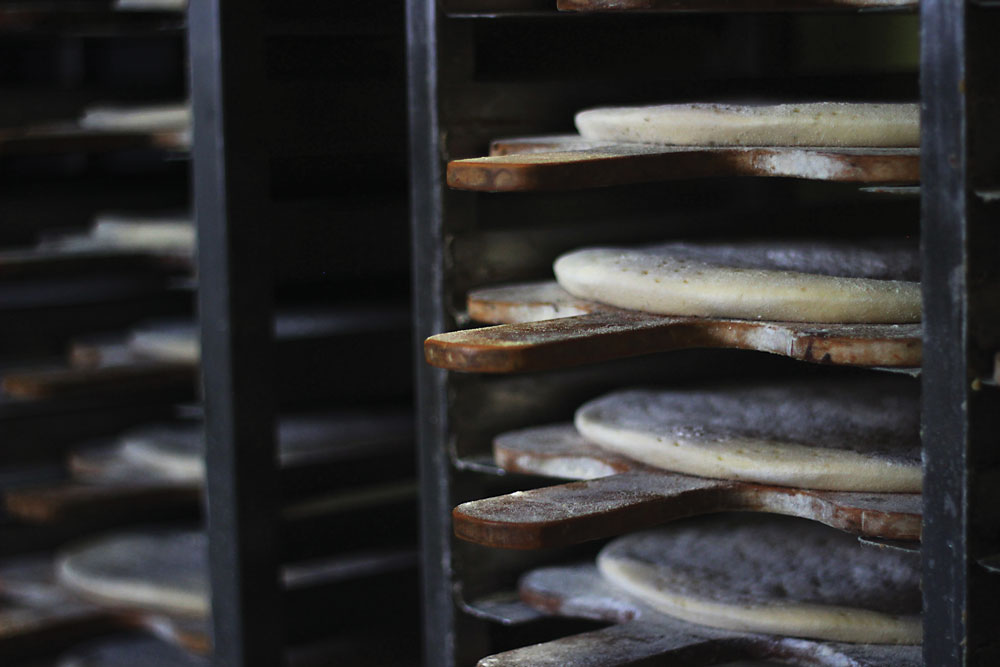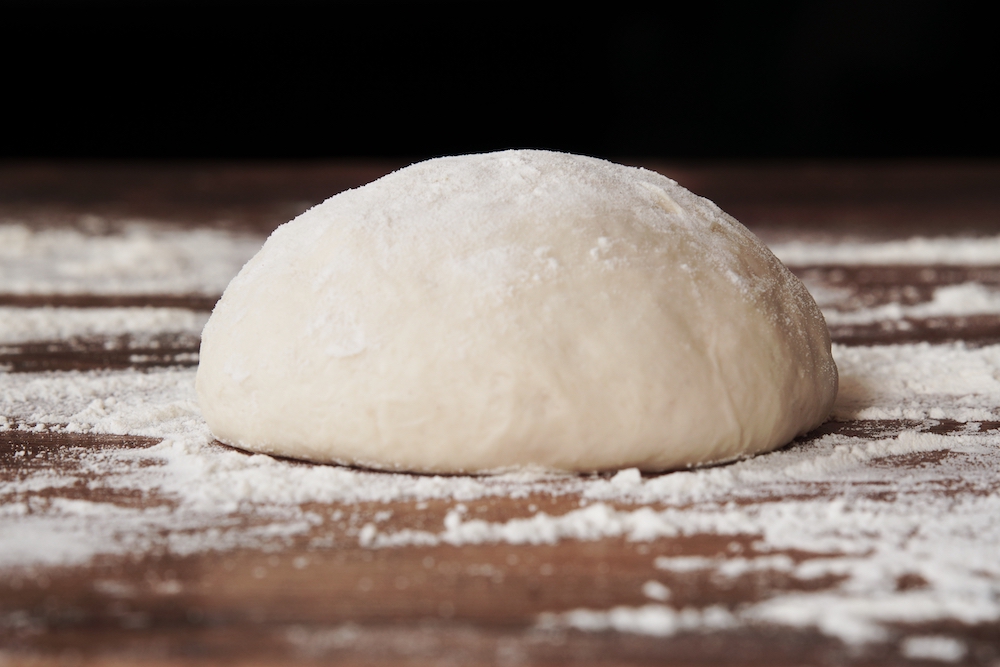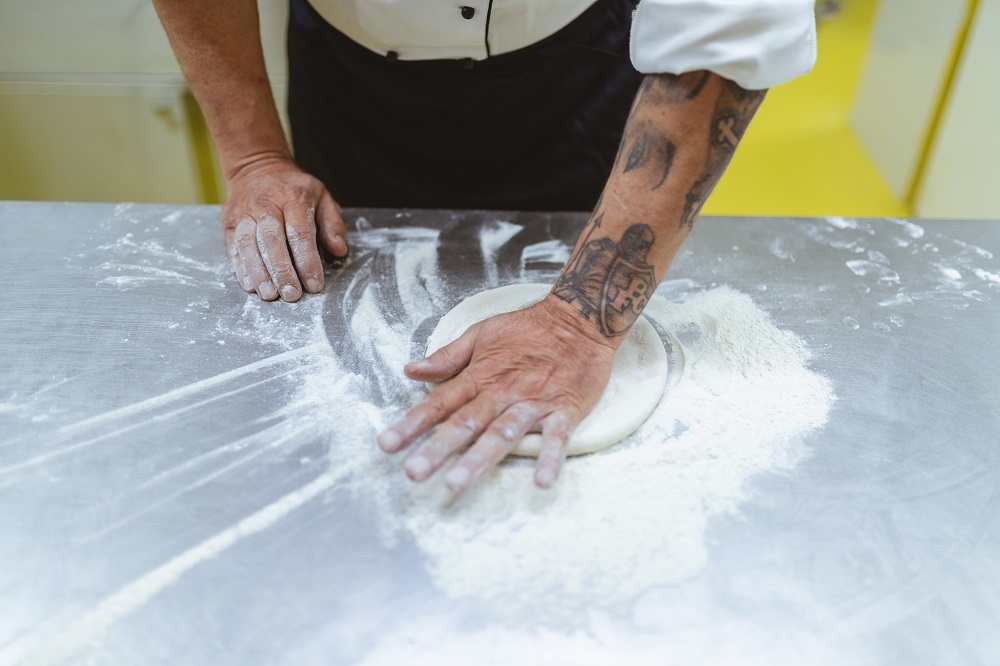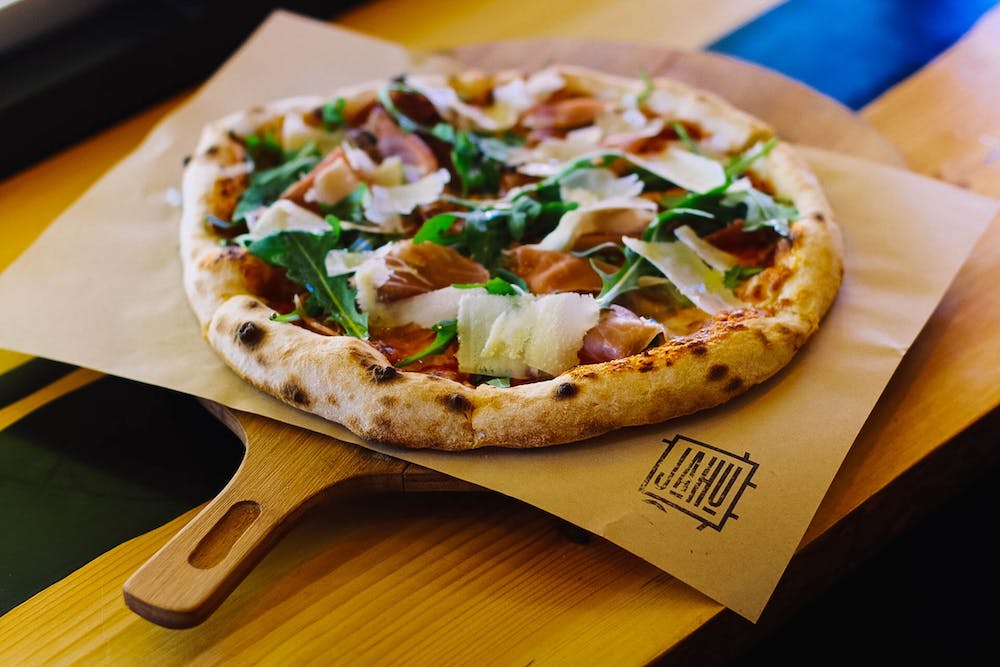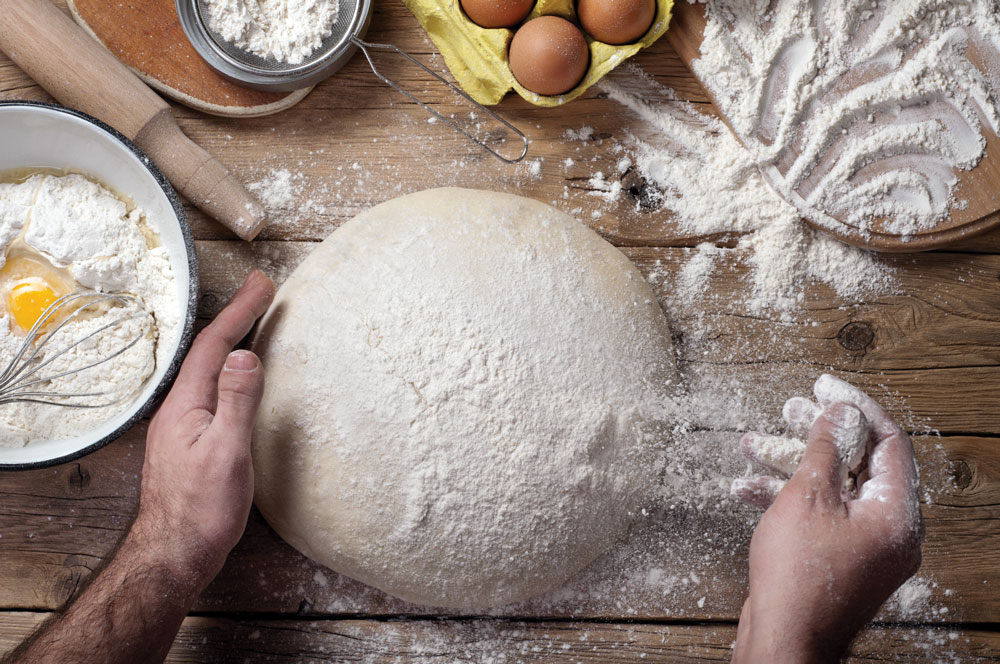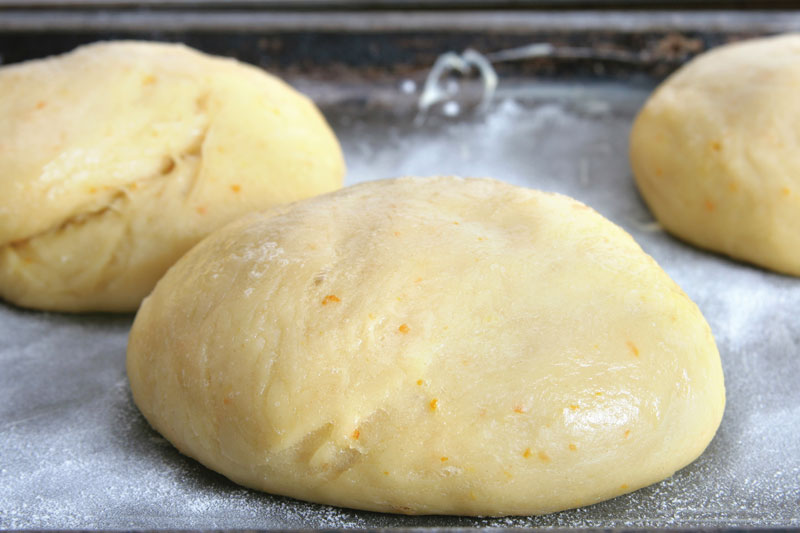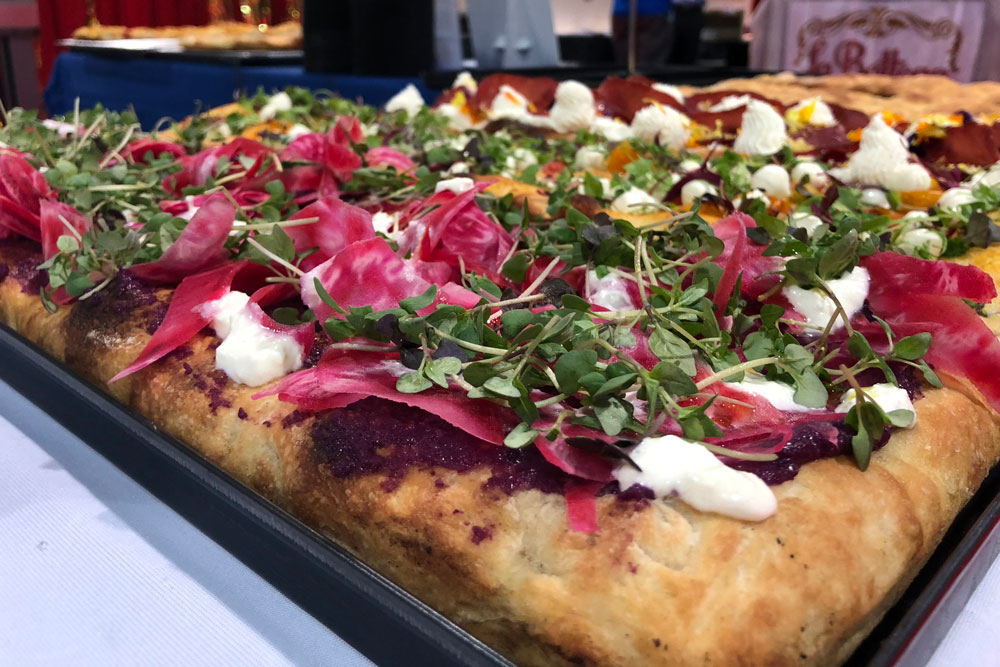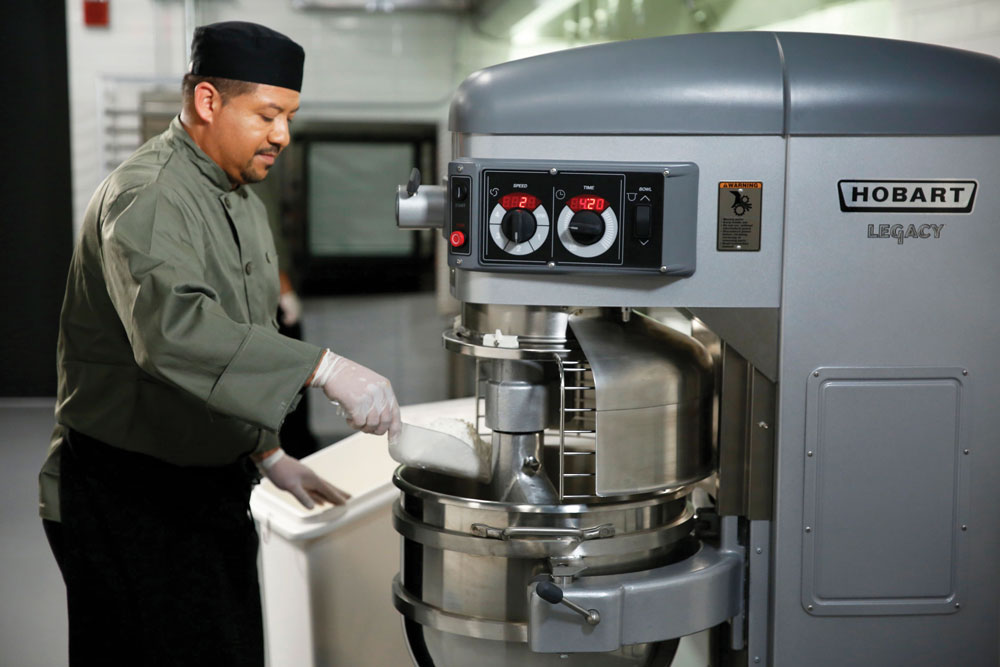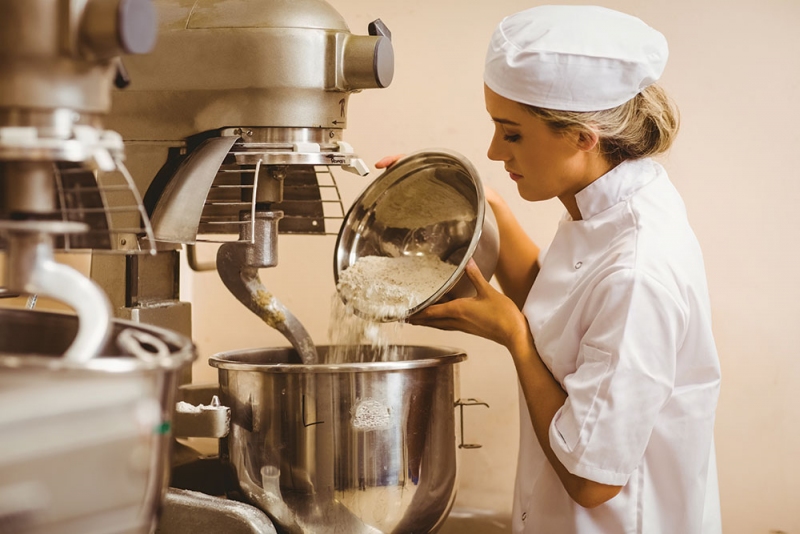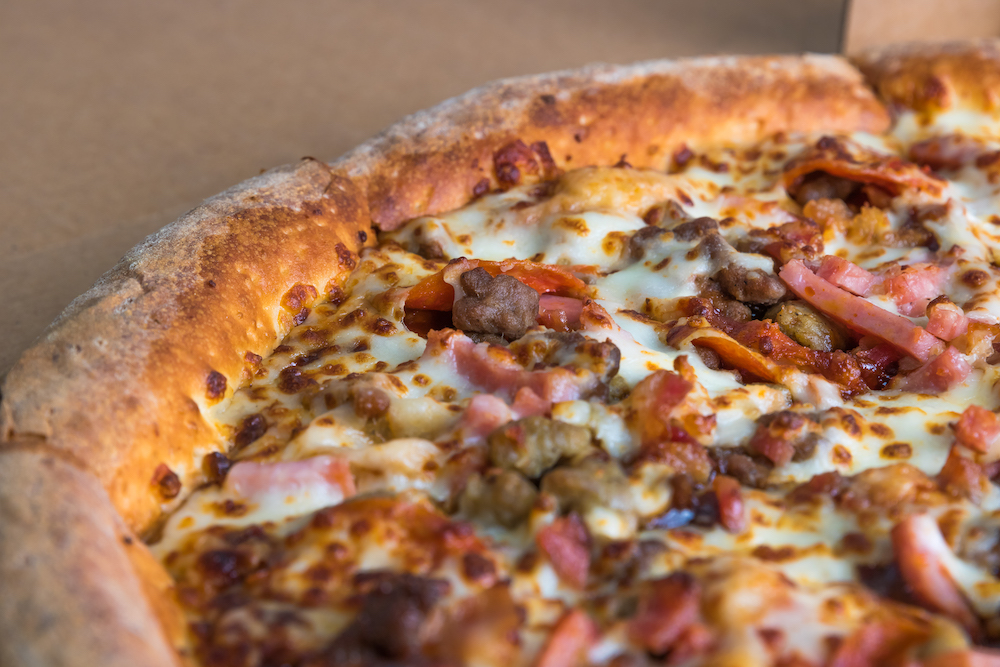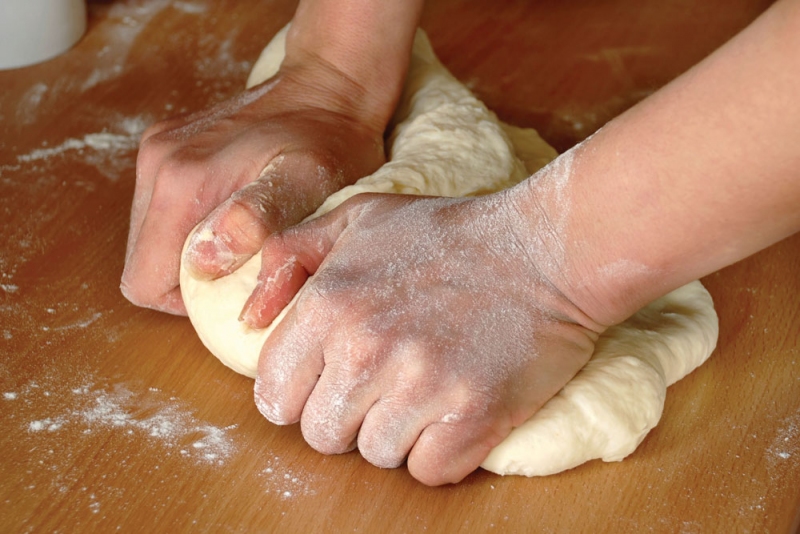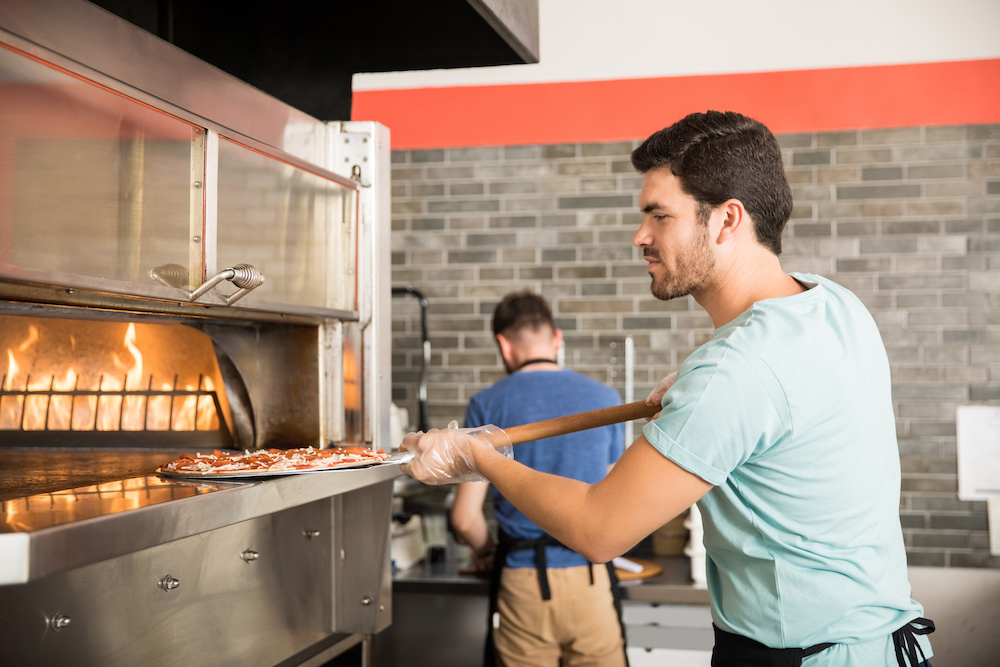Q We want to increase our volume, so we were thinking about prebaking our dough until it’s lightly browned and setting it aside for later use when we get really busy. This would reduce baking time and allow us to make more pizzas in rush periods. Is this a viable technique?
A It appears you’re talking about making par-baked crusts for those busy periods when you get slammed. There is good news and bad news regarding the use of par-baked crusts. The good news is, they can be made during slow periods for use later in the day. We like to make the crusts using about one-half of the normal amount of sauce on the skin, which prevents excessive bubbling. Once par-baked, the crusts can be stored at room temperature for the remainder of the day without any problems.
The resulting pizzas are excellent, especially if crispy is the name of your game. They also require less time to finish baking than baking a pizza on a raw dough skin, so it becomes a real time- and labor-saver.
The bad news, however, is that the finished pizza will be different from a pizza made using a raw dough skin. So, to ensure consistency of product, all of your pizzas will need to be made using the par-baked crust approach. And the baking conditions for making a par-baked crust differ from the conditions for baking a pizza on a raw dough skin, so that has to be taken into account. Some operators use two ovens to resolve this issue. If you use an air impingement oven, the entire finger configuration of the oven for par-baking (as well as for the finish bake) will need to be changed. That’s because pizzas made on a par-baked crust are baked from the top down, while pizzas baked on a raw skin cook from the bottom up.

Instead of par-baking, another option would be to make the dough skins in advance of your busy periods and store them in refrigeration until they’re needed. In this case, you’ll want to open the dough into skins during your downtime. However, instead of opening them to full diameter, open them to about 2” less than full diameter (this may require some experimentation to get it right). The opened skins should then be placed onto regular pizza screens, stored on a wire tree rack and inserted into the cooler (uncovered), allowing the skins to cool quickly. After about 30 minutes, the tree rack will need to be covered with a plastic bag to prevent drying. The preopened skins can be held throughout the day in this manner.
To use the preopened skins, remove the tree rack or individual skins from the cooler and allow them to warm at room temperature for about 20 minutes. Then remove the skins from the screens and finish opening them to full diameter. This will be a fast and easy process. After that, you can use the skins just as you would any other pizza skin, dress them to order and bake. Done correctly, no special adjustments have to be made to the dough or the ovens.
Q We’re primarily a delivery/carryout operation. We’ve gotten complaints that our pizzas are tough and chewy once they reach the customer’s home. What can we do to reduce or eliminate the toughness in the crust?
A The easiest solution is to change to a flour with lower protein content. Many pizzerias use a “high-gluten” or “pizza” flour, but a bread-type flour with a protein content of 11.5% to 12.8% is a better choice much of the time. (The exception is when you want a chewy texture.) You might save a few pennies in flour costs, too!



